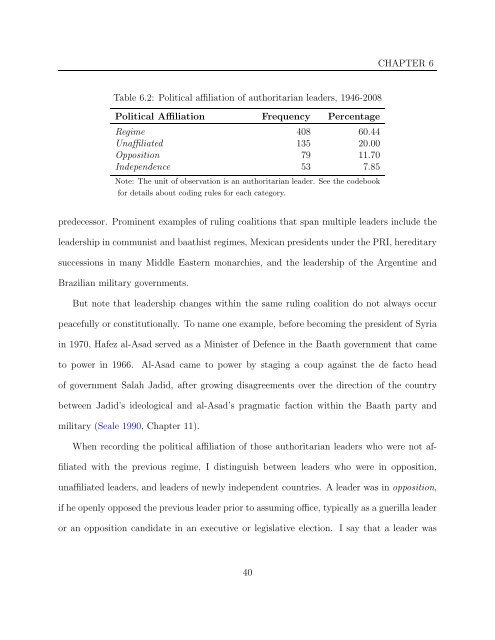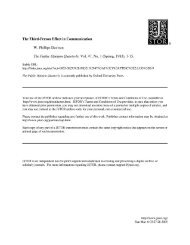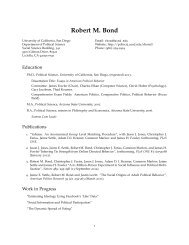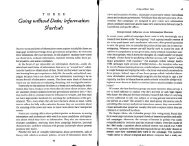Chapter 6 Why Authoritarian Parties? The Regime Party as an ...
Chapter 6 Why Authoritarian Parties? The Regime Party as an ...
Chapter 6 Why Authoritarian Parties? The Regime Party as an ...
You also want an ePaper? Increase the reach of your titles
YUMPU automatically turns print PDFs into web optimized ePapers that Google loves.
Table 6.2: Political affiliation of authoritari<strong>an</strong> leaders, 1946-2008<br />
Political Affiliation Frequency Percentage<br />
<strong>Regime</strong> 408 60.44<br />
Unaffiliated 135 20.00<br />
Opposition 79 11.70<br />
Independence 53 7.85<br />
Note: <strong>The</strong> unit of observation is <strong>an</strong> authoritari<strong>an</strong> leader. See the codebook<br />
for details about coding rules for each category.<br />
CHAPTER 6<br />
predecessor. Prominent examples of ruling coalitions that sp<strong>an</strong> multiple leaders include the<br />
leadership incommunist <strong>an</strong>dbaathist regimes, Mexic<strong>an</strong> presidents under the PRI, hereditary<br />
successions in m<strong>an</strong>y Middle E<strong>as</strong>tern monarchies, <strong>an</strong>d the leadership of the Argentine <strong>an</strong>d<br />
Brazili<strong>an</strong> military governments.<br />
But note that leadership ch<strong>an</strong>ges within the same ruling coalition do not always occur<br />
peacefully or constitutionally. To name one example, before becoming the president of Syria<br />
in 1970, Hafez al-Asad served <strong>as</strong> a Minister of Defence in the Baath government that came<br />
to power in 1966. Al-Asad came to power by staging a coup against the de facto head<br />
of government Salah Jadid, after growing disagreements over the direction of the country<br />
between Jadid’s ideological <strong>an</strong>d al-Asad’s pragmatic faction within the Baath party <strong>an</strong>d<br />
military (Seale 1990, <strong>Chapter</strong> 11).<br />
When recording the political affiliation of those authoritari<strong>an</strong> leaders who were not af-<br />
filiated with the previous regime, I distinguish between leaders who were in opposition,<br />
unaffiliated leaders, <strong>an</strong>d leaders of newly independent countries. A leader w<strong>as</strong> in opposition,<br />
if heopenly opposedthe previous leader prior to<strong>as</strong>suming office, typically <strong>as</strong>aguerilla leader<br />
or <strong>an</strong> opposition c<strong>an</strong>didate in <strong>an</strong> executive or legislative election. I say that a leader w<strong>as</strong><br />
40











